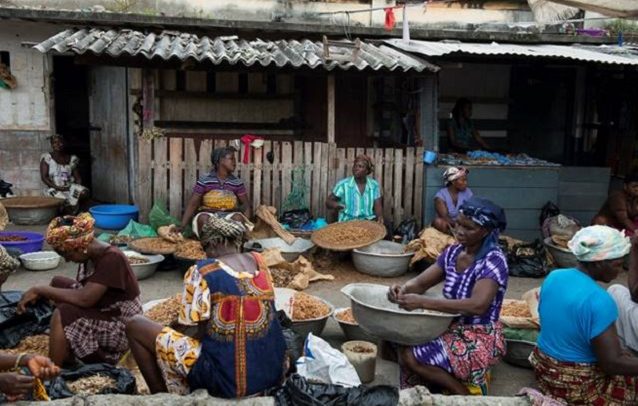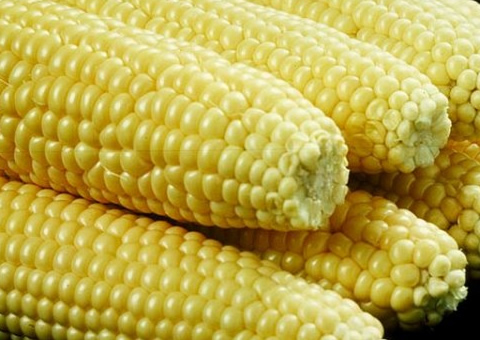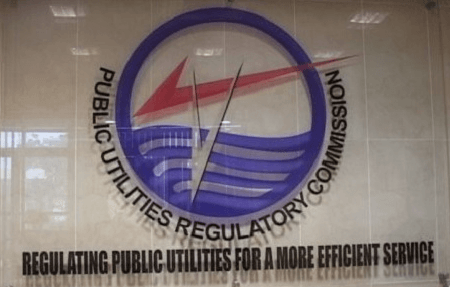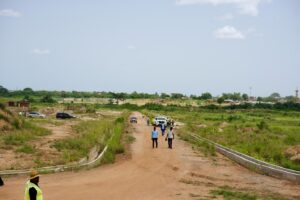
By Wisdom JONNY-NUEKPE
The World Food Programme (WFP) and Ministry of Food and Agriculture (MoFA) have projected that up to two million Ghanaians could experience food insecurity by August this year, despite a slight improvement in the country’s overall food security rating.
Approximately 2.4 million people (7.4 percent of the population) are currently classified as vulnerable to food insecurity from March to May 2025.
However, a summary report on the 2025 March Food and Nutrition Security Situation – as highlighted by the Cadre Harmonise (CH) analysis – indicated that the number is projected to slightly decrease to about two million (6.3 percent of the population) between June – August this year.
The decline, according to the report, is due to ongoing government interventions in the economy’s agriculture and health sectors.
The report recommended targetted government interventions such as the ‘Feed Ghana Programme’ and ‘Aqua Cage Fish Project’ to positively impact areas with populations in emergency conditions.
Various stakeholders in the report mentioned that populations under stress across the country must be given needed support to build resilience and prevent deterioration into more severe food insecurity phases.
On the health front, the report suggested that vulnerable populations in urgent need of support should be linked with social protection initiatives to buffer economic shocks.
Nonetheless, within the West Africa sub-region Ghana fared better in the rating than all its neighbours except Ivory Coast and Benin.
A post-quality assurance of the analysis across the sub-region indicates the country’s notable progress in managing food and nutrition insecurity.
Indeed, Ghana ranks among the region’s best, with a relatively lower proportion of vulnerable populations compared to some neighbouring countries.
The report indeed suggested that continued targetted interventions and resilience-building measures are essential to sustain and improve this positive outlook.
According to MoFA, government remains committed to safeguarding food security and nutrition for all citizens, aligning with national development goals and regional and global commitments.
The report’s methodology
The March 2025 cycle of the Cadre Harmonise planned analysing 96 districts in the Northern Region but did only 71 districts due to resource constraints.
The assessment also included a representative sample of 130 districts across ten regions in the southern and middle belt – with data collected on food consumption, livelihood changes and five key drivers of food security: hazards and vulnerability, food availability, access, utilisation and stability.
Data sources also included the 2025 first quarter Food and Nutrition Security Monitoring System (FNSMS) survey, which provided recent and relevant information for the analysis.
The CH is an established, unified tool used in the Sahel and West Africa to assess acute food and nutrition insecurity. The analysis was coordinated by MoFA’s Research, Statistics and Information Directorate (SRID) with technical and financial support from the WFP.
The post Food insecurity rating projected to improve appeared first on The Business & Financial Times.
Read Full Story

















Facebook
Twitter
Pinterest
Instagram
Google+
YouTube
LinkedIn
RSS